Monkey flower was a new discovery for me last summer, even though it’s not a rare plant. According to an article in UConn Today, “The so-called Monkey Flowers in the genus Mimulus got their name because their flowers have a mouth-like shape, and to some they resemble the face of a monkey. They are actually a diverse group of some 150 species worldwide, with about 80 of those species native to California.”
The only plant in this group that is prevalent in Iowa is Mimulus ringens. Sometimes known as Allegheny monkey flower or blue monkey flower, this species is native to most of the U.S. and Canada.
The Illinois Wildflowers website notes that Mimulus ringens thrives in “floodplain and bottomland forests (particularly in partially sunny areas), swamps, seeps, muddy borders of small streams or ponds, drainage ditches, prairie swales, and wet meadows. It typically occurs in areas that are prone to occasional flooding or standing water.” That observation is consistent with my experience. Both prairie plantings where I have found monkey flower in Windsor Heights (in Colby Park and behind the Iowa Department of Natural Resources building on Hickman Road) flooded this summer.
The buds on this monkey flower plant are just about to open.
Sometimes the flowers look purple.
Other blossoms are blue-violet.
Naturalist and photographer Eileen Miller found some monkey flower plants growing at the “muddy river edge of the North Raccoon river in Hobbs Conservation Area in Carroll County.”
Matthew John took this lovely photograph in Winneshiek County in early August.
Monkey flower blossoms can be much more pale, nearly white. Lael Darrow Neal captured some beautiful close-up views of pale monkey flowers at Chichaqua Bottoms Greenbelt in Polk County in June. I used one of her pictures as the top image for this post.
The Illinois Wildflowers website describes the fruit of this species as follows: “Each flower is replaced by a rounded seed capsule that contains numerous tiny seeds with reticulated outer surfaces. These seeds are dispersed by wind or water. The root system is rhizomatous. Although this plant can spread vegetatively, it isn’t a strong colonizer.” I took this picture of seed pods developing a few weeks ago in Colby Park.

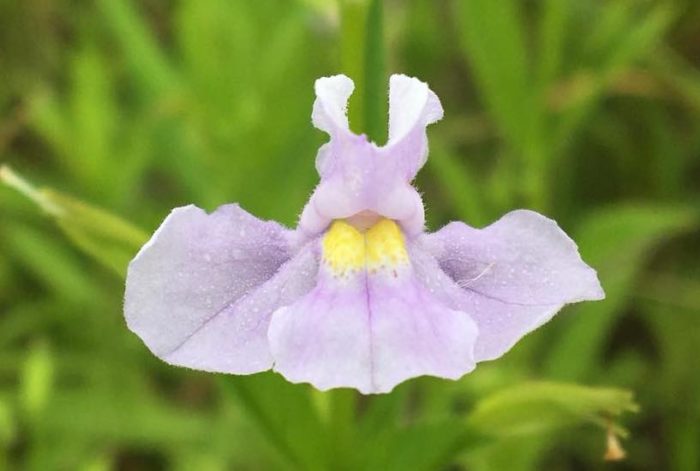
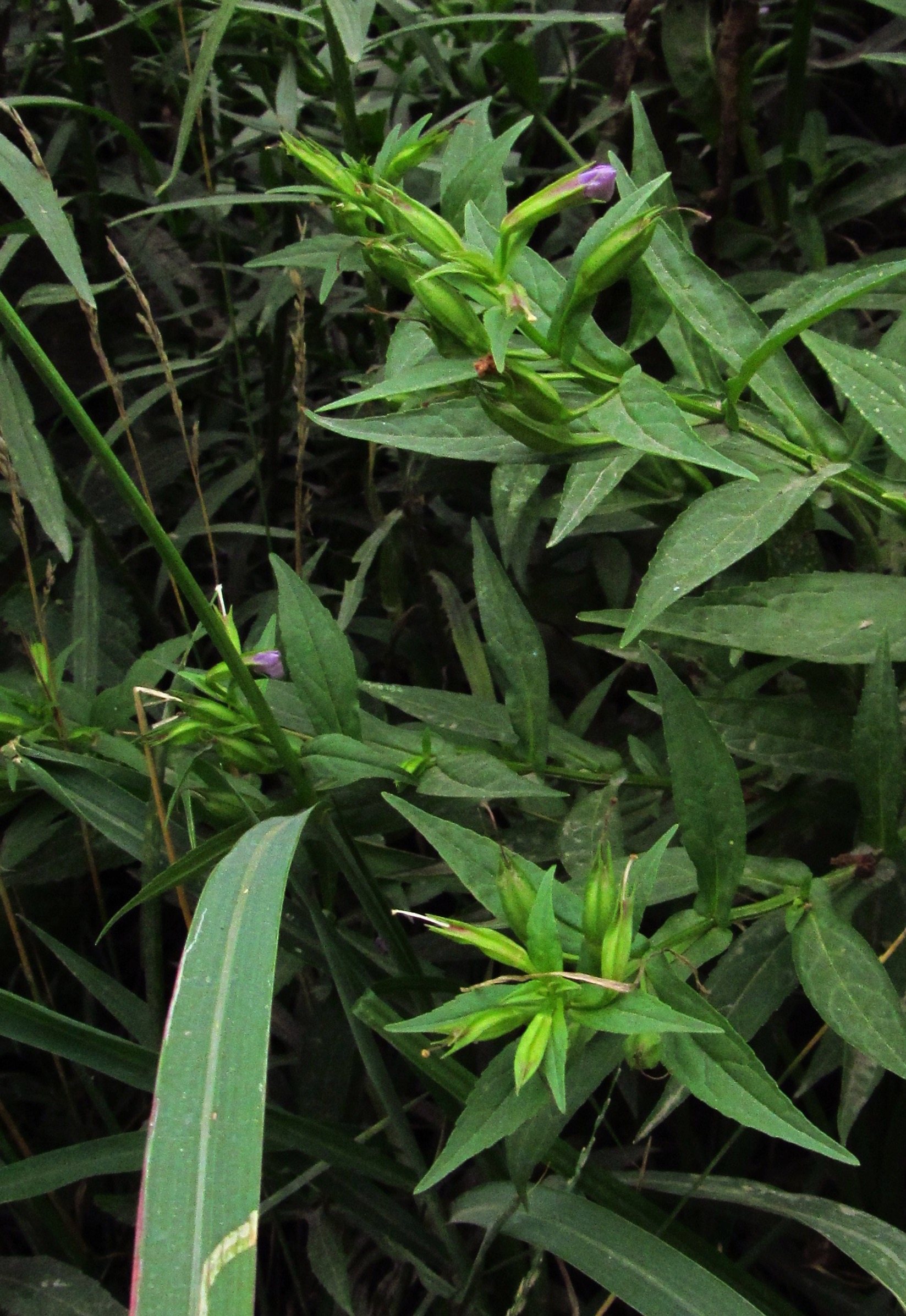
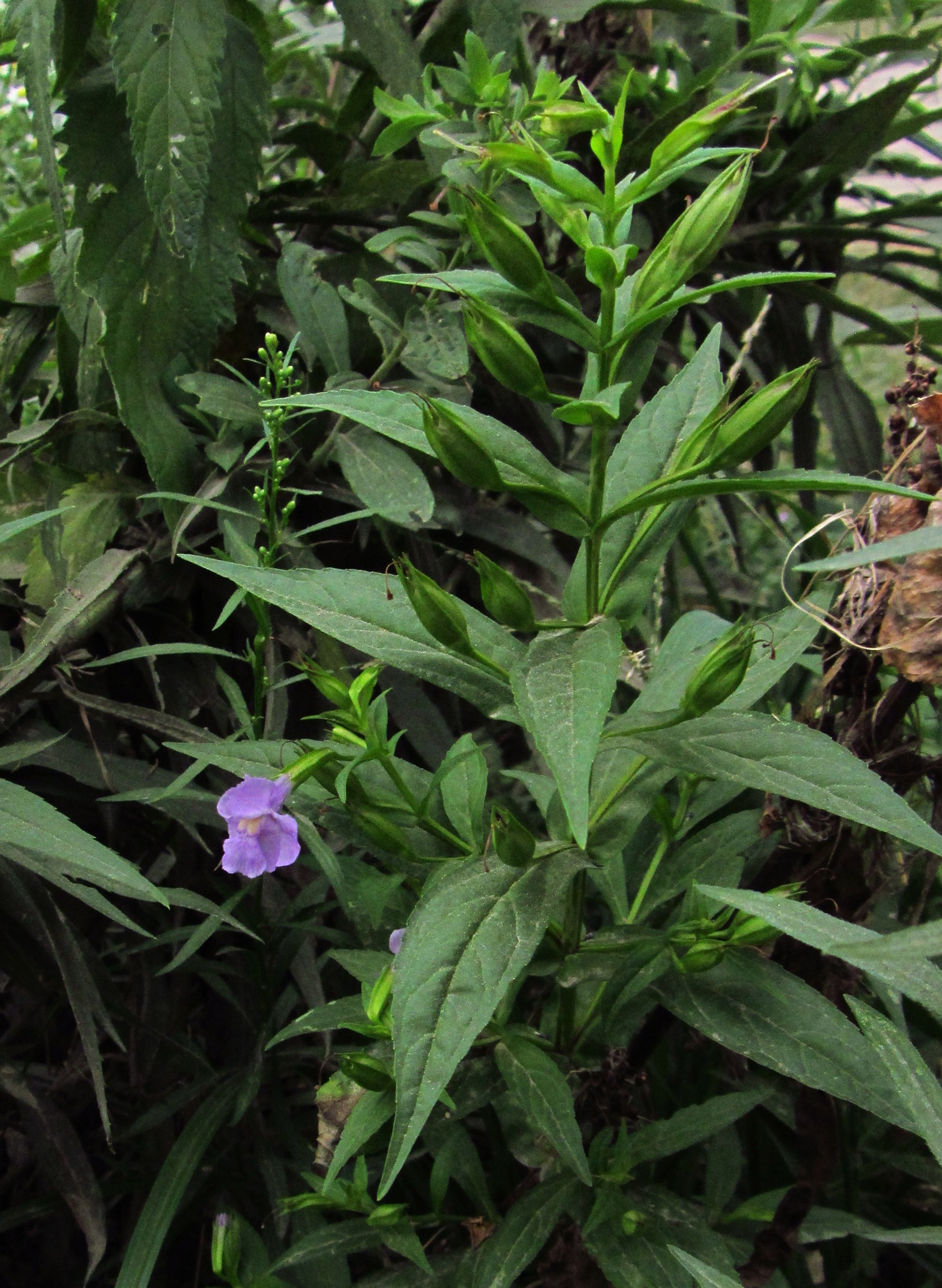
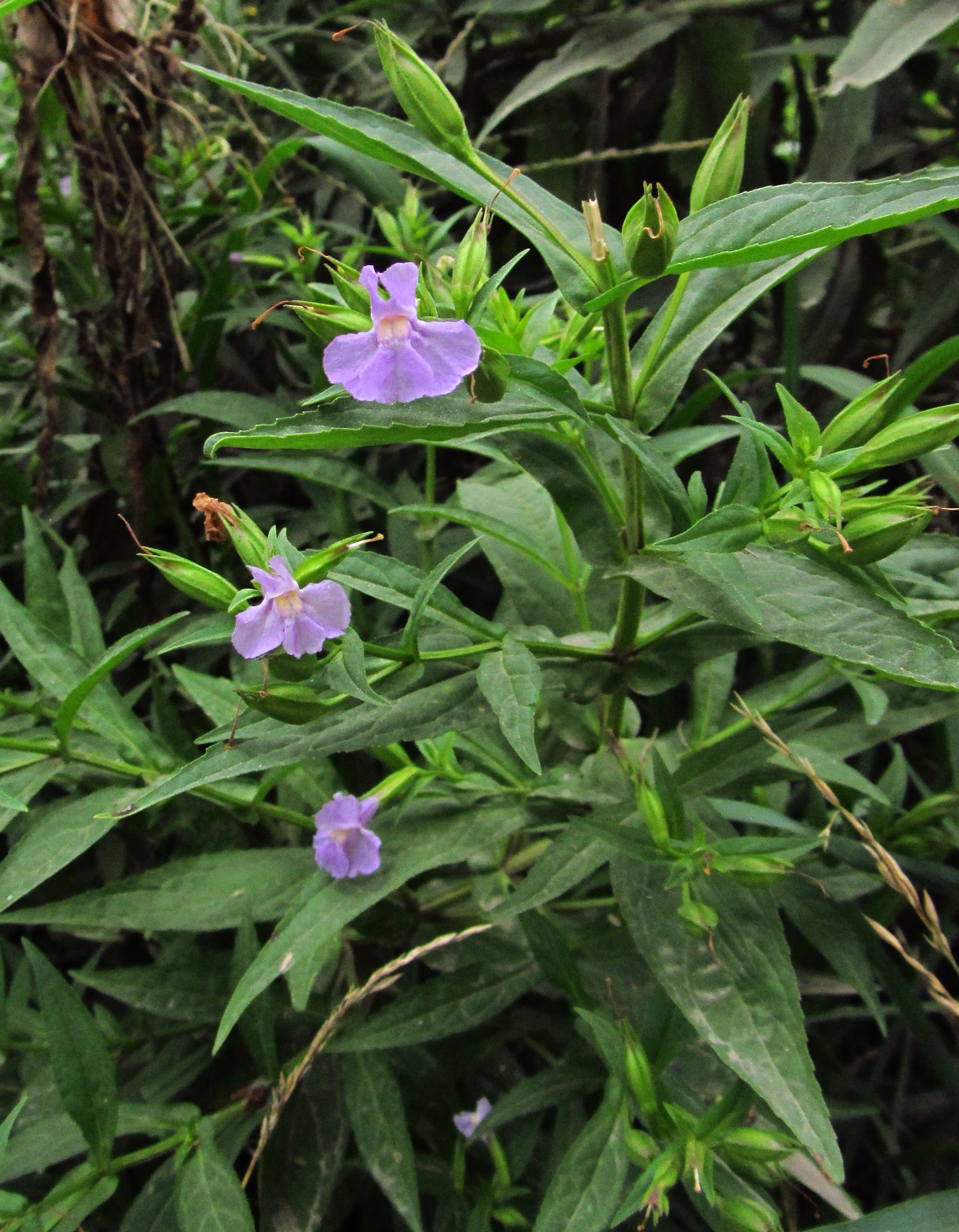
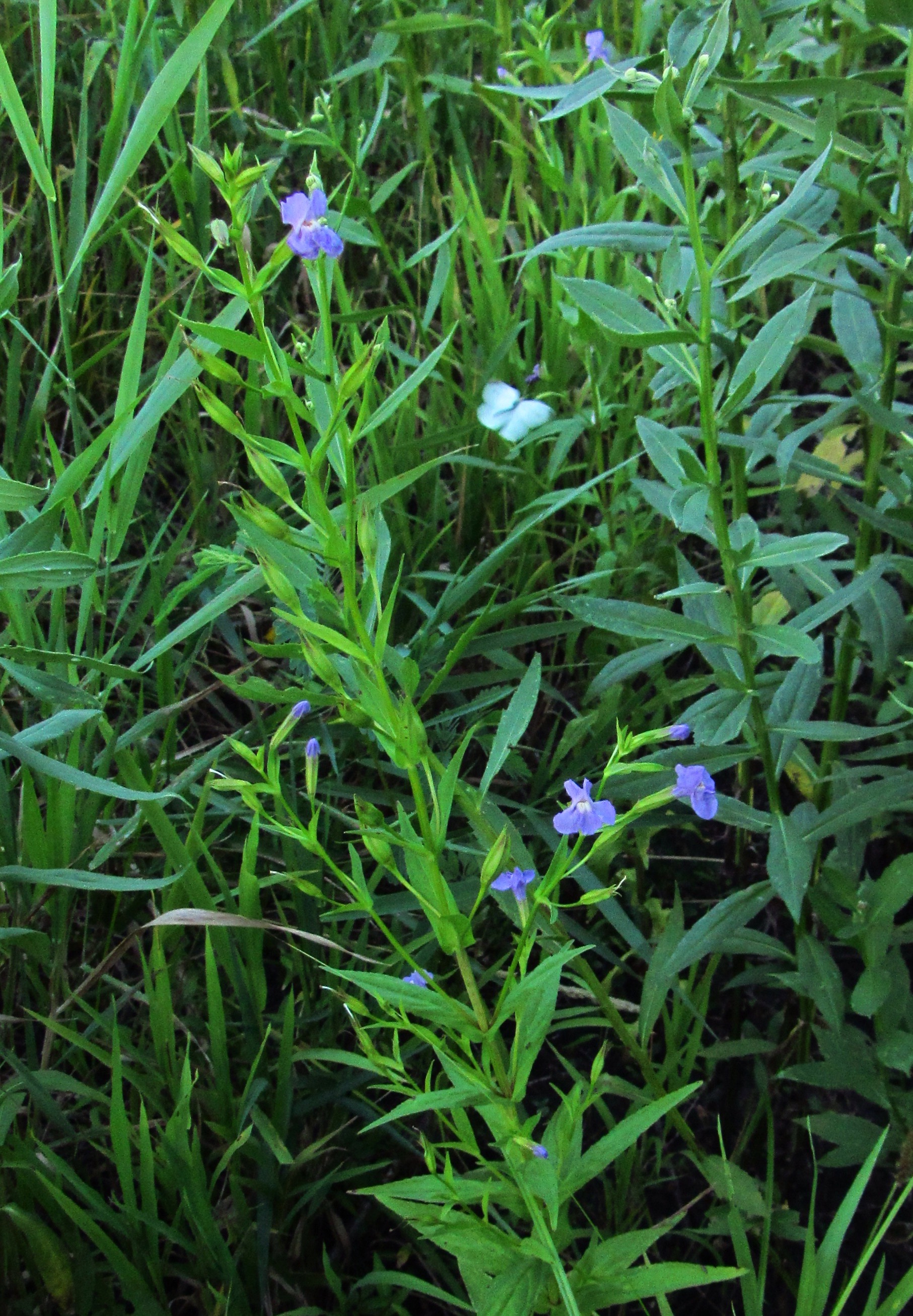
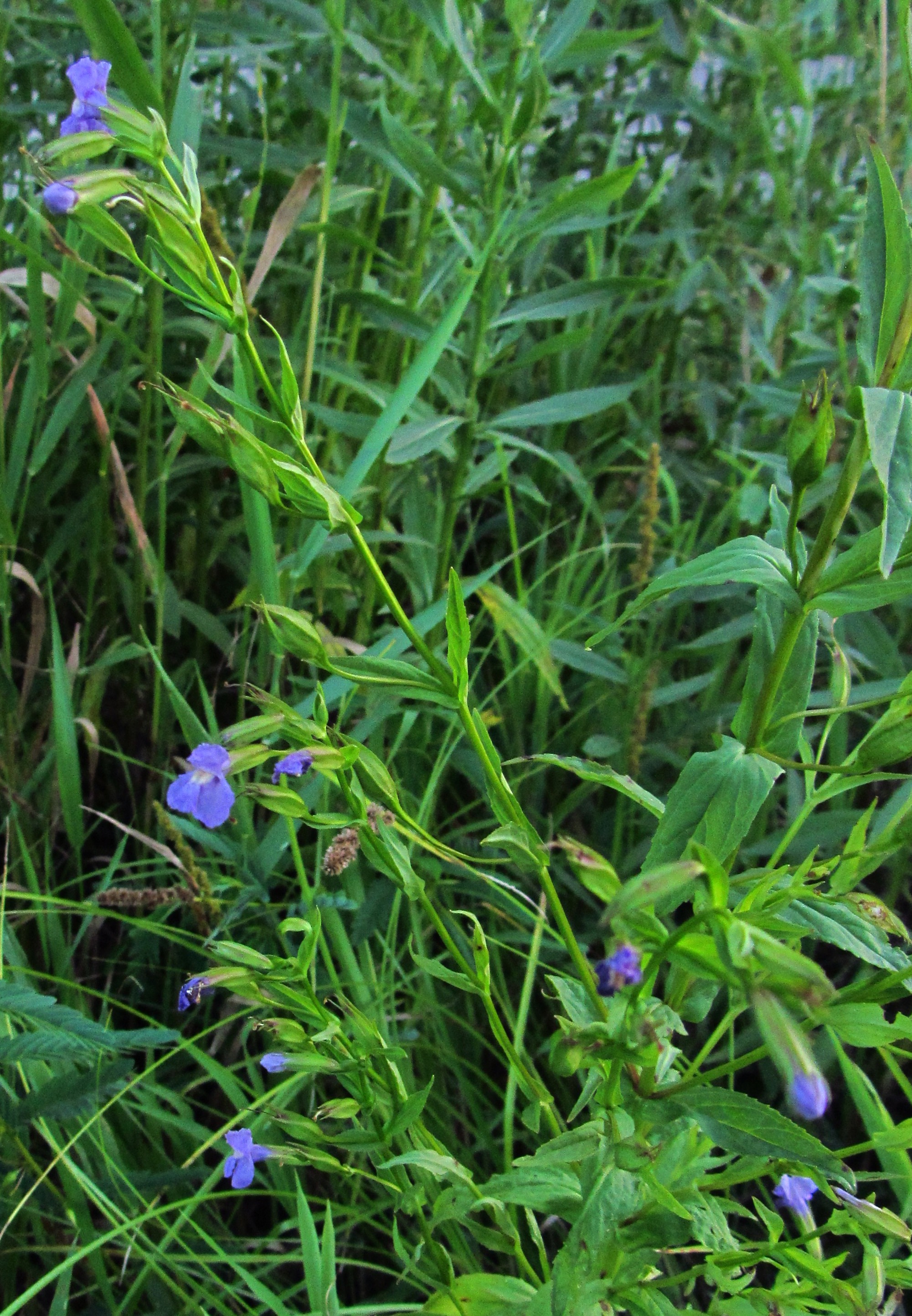
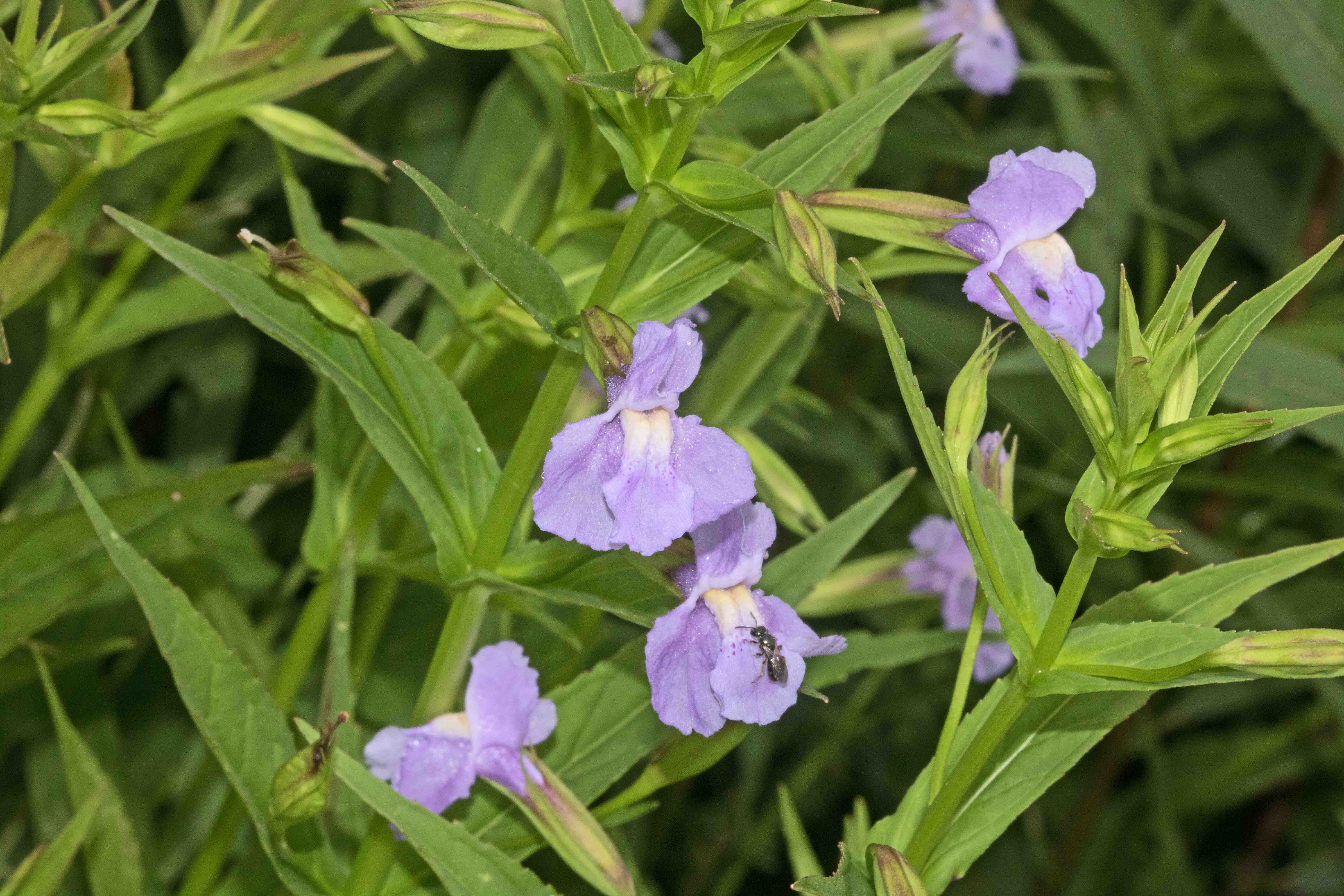
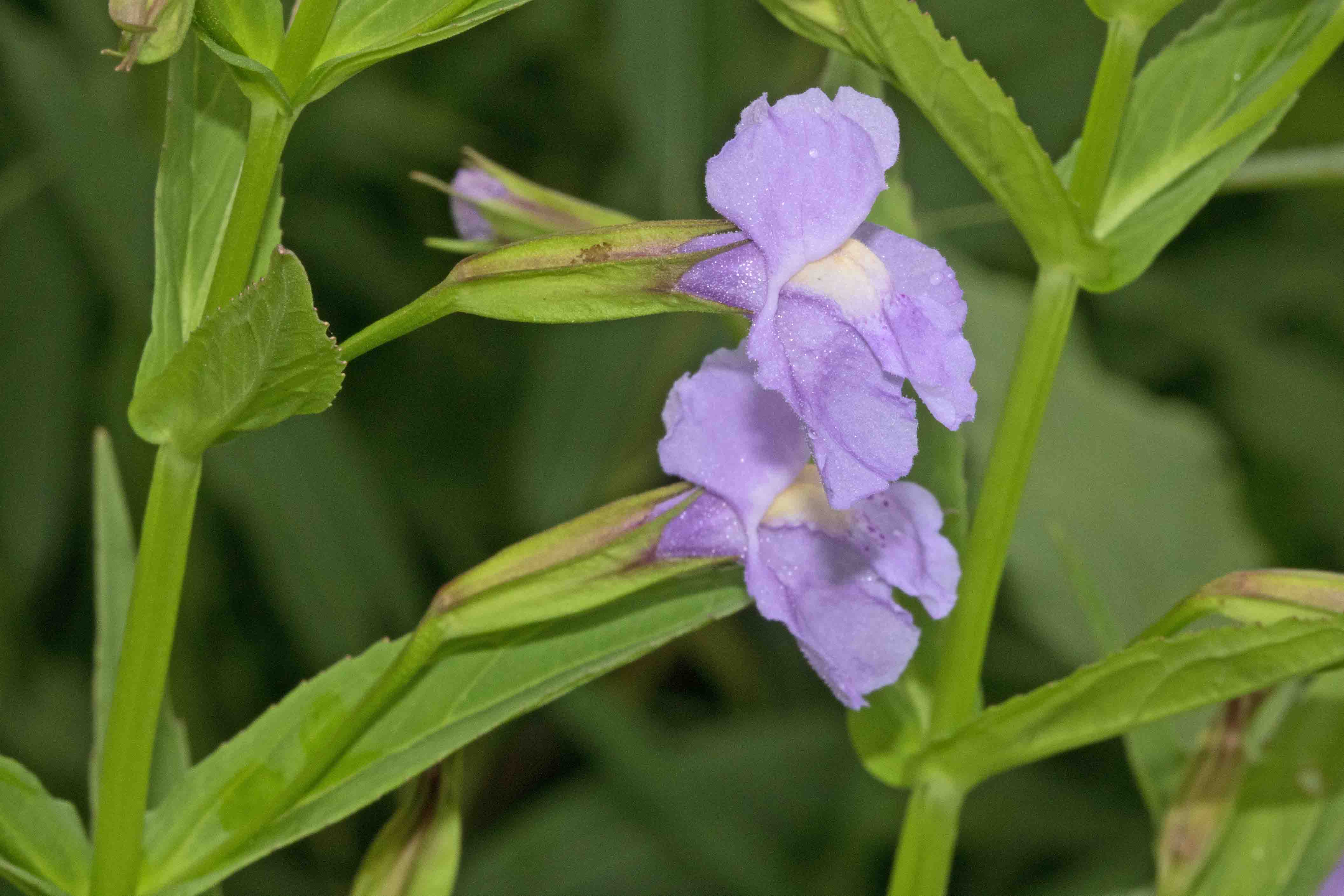
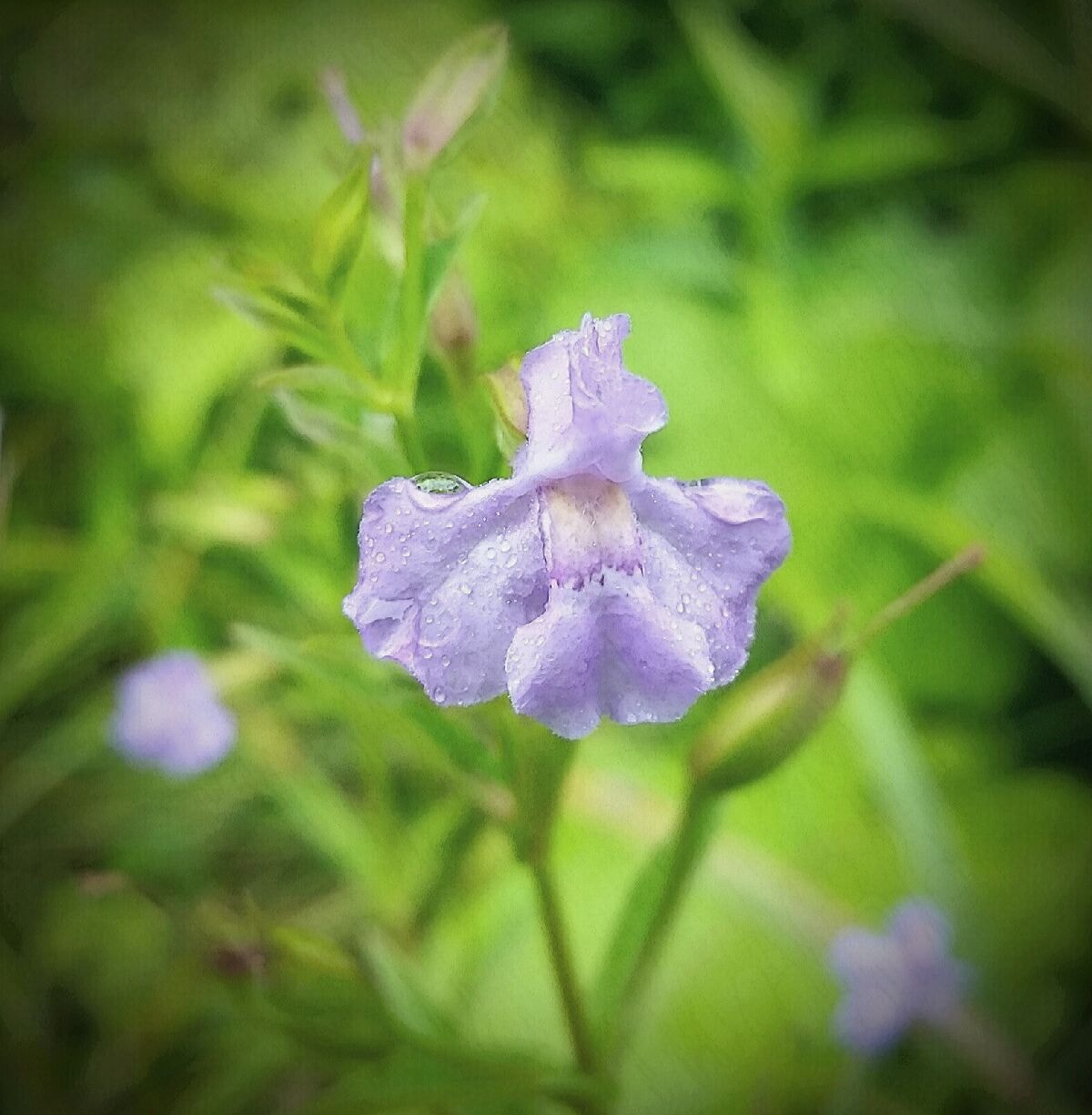
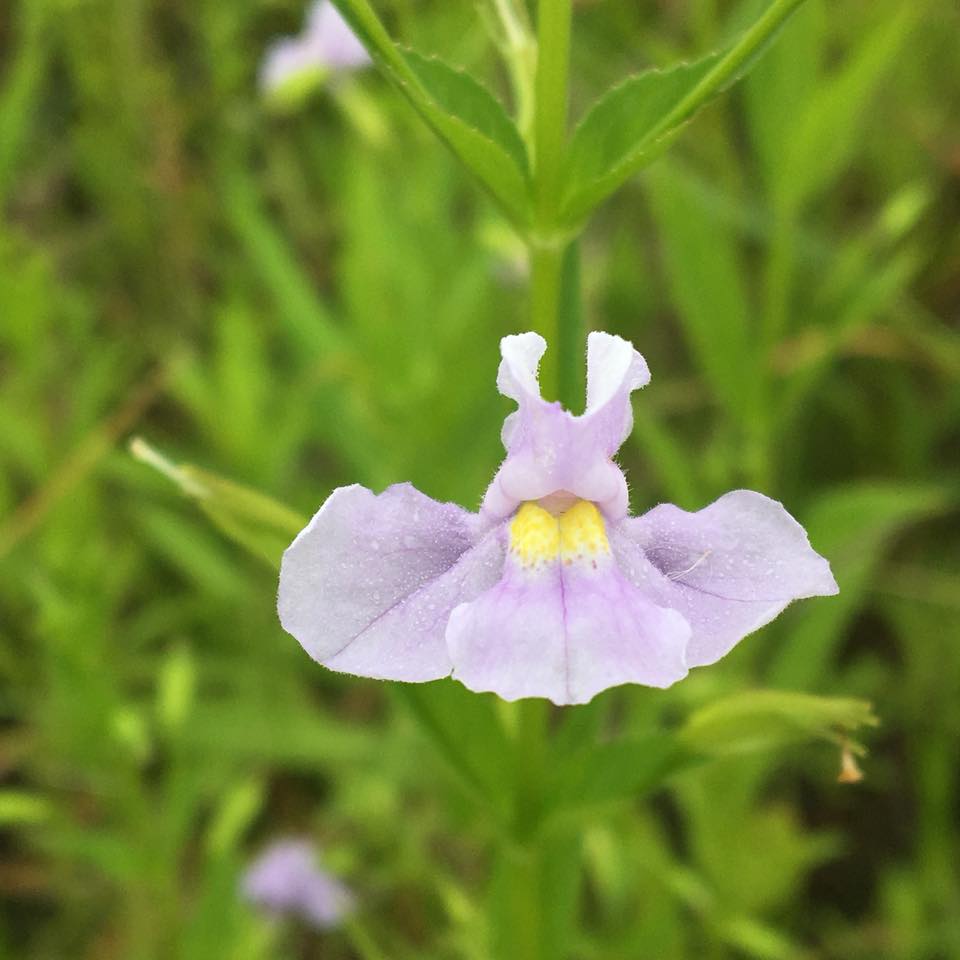
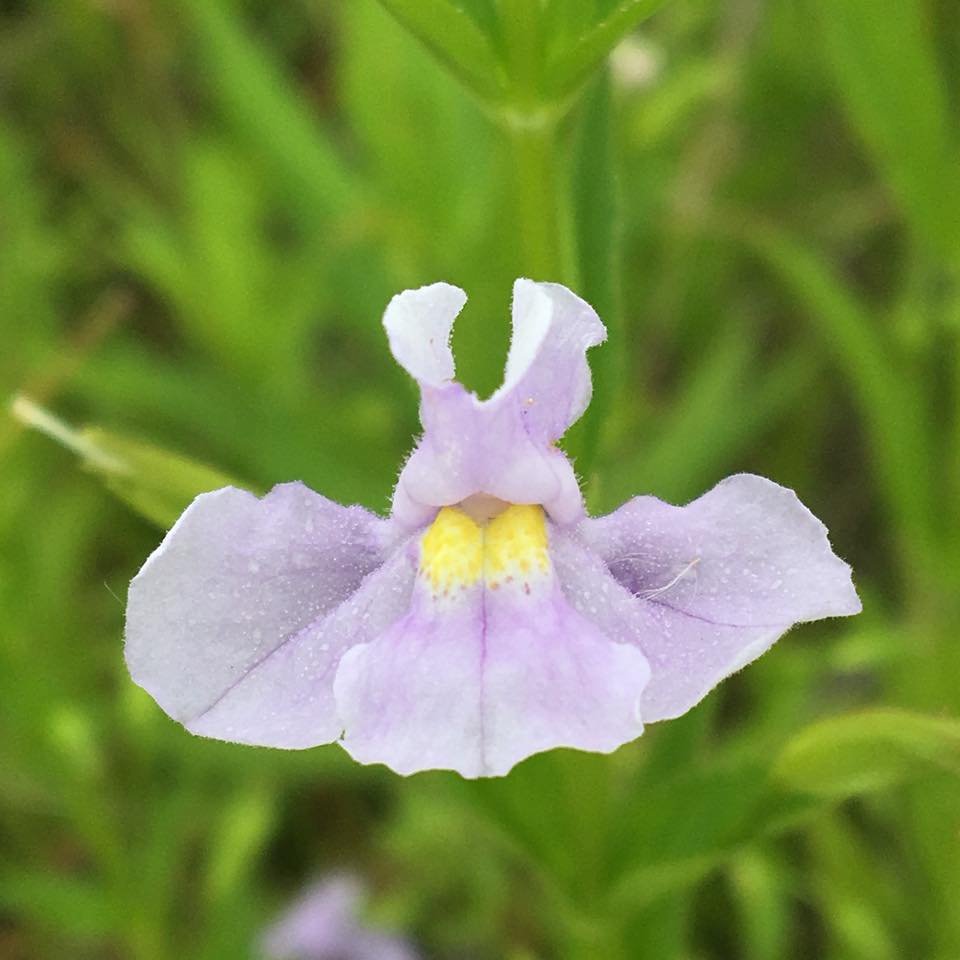
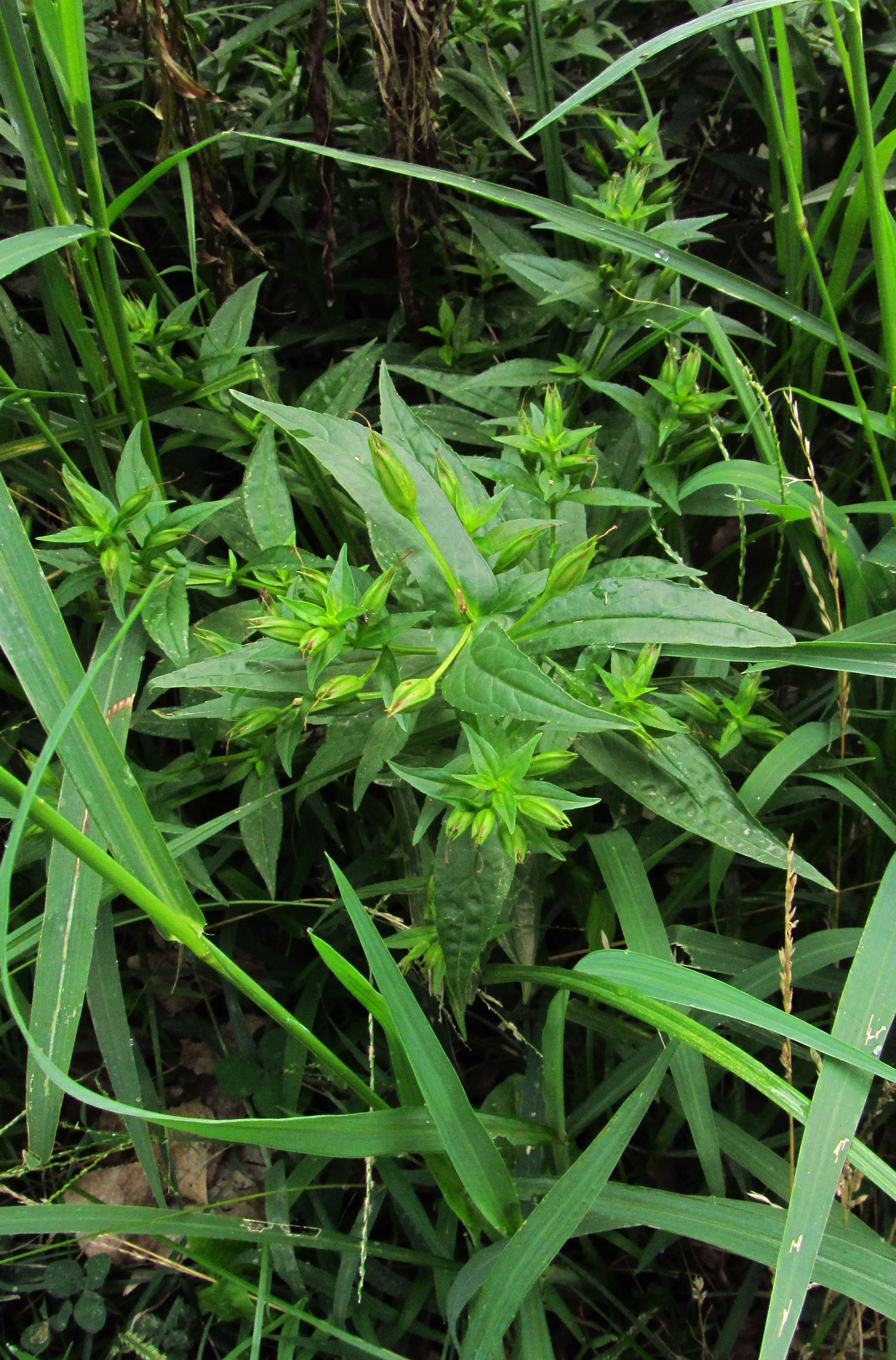
1 Comment
Very nice photos
I was once asked to look at a piece of land that had a typical Conservation Reserve Program prairie planting to assess how the planting was doing. The planting was fine, and because it was so new, had mostly black-eyed susans in bloom.
I was much more interested in a nearby pasture, which had never been plowed and had native plants that were a lot less common and more intriguing. Monkey flowers were among them. They were blooming and formed a beautiful blue rim around a little natural wetland.
The pasture owner was interested, and later decided to greatly reduce grazing pressure on that pasture. More interesting plants were able to grow and bloom. It’s surprising what can happen to some pastures if they get the management they need. Sometimes even threatened and endangered plants show up.
Iowa’s native prairie pastures have been too often unrecognized as prairies, especially if they are still being heavily grazed or are overgrown with brush. Many have been lost to rural houses, constructed ponds, or, ironically, tree plantings that are done in the name of conservation and funded with tax dollars. Monkey flowers in a pasture are a signal that the pasture is something special.
PrairieFan Thu 20 Sep 12:10 AM